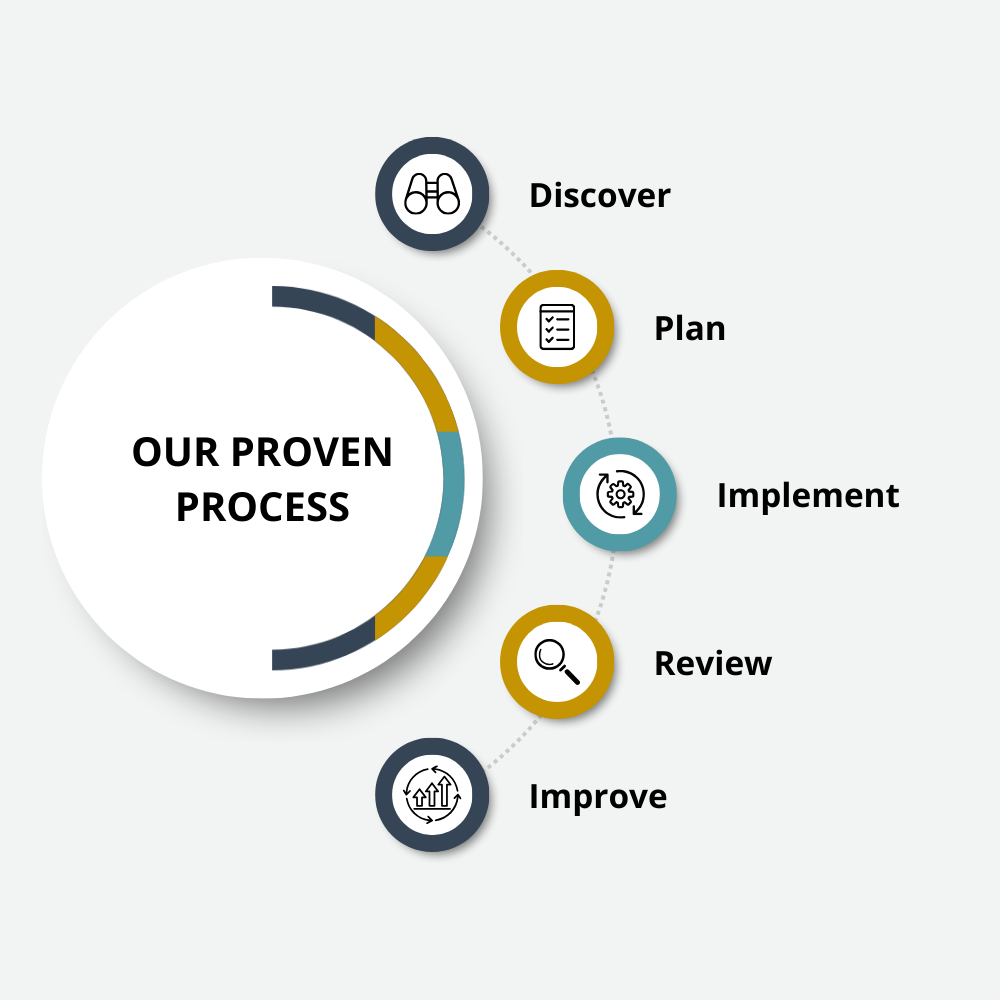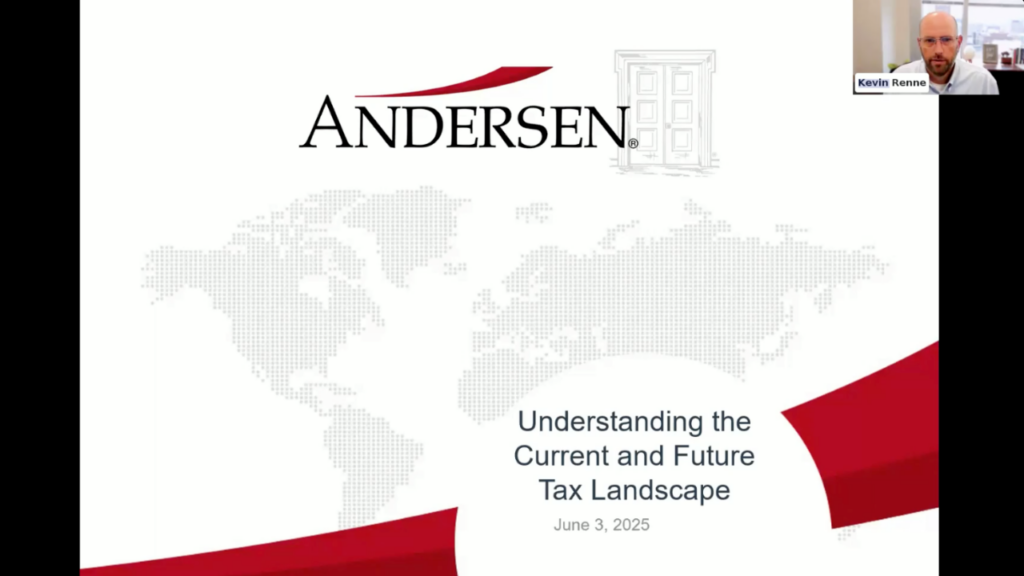As parents and grandparents, we all want to provide the best opportunities for our children and grandchildren. Education is one of the greatest gifts we can give, but rising tuition costs can make the prospect of saving for education seem daunting. Fortunately, a 529 savings plan offers a tax-advantaged way to prepare for future education expenses while maintaining flexibility and control over your savings. If you’re looking for a smart way to invest in the future of the next generation, this guide will help you understand how a 529 plan works and why it may be the right choice for your family.
What is a 529 Savings Plan?
A 529 savings plan is a tax-advantaged investment account specifically designed to help families save for education expenses. These plans are sponsored by states, state agencies, or educational institutions and offer a variety of investment options. The funds in a 529 plan can be used for qualified educational expenses, including tuition, fees, books, supplies, and even room and board at eligible institutions. And, with the 2017 passage of the Tax Cuts and Jobs Act (TCJA), 529 plan owners acquired the ability to use funds in the plan to pay expenses for private K–12 education.
Types of 529 Plans
There are two main types of 529 plans:
- Education Savings Plans – These plans allow account holders to invest money in mutual funds or other investment vehicles. The funds grow tax-deferred, and withdrawals are tax-free as long as they are used for qualified education expenses.
- Prepaid Tuition Plans – These allow individuals to pay for future tuition at today’s rates, locking in costs at participating colleges and universities. Their growth is limited to the college’s rate of inflation.
Why Parents and Grandparents Love 529 Plans
Tax Advantages
- Contributions are made with after-tax dollars and the investment earnings grow tax-deferred.
- Withdrawals for qualified education expenses are not subject to federal income tax.
- Many states offer tax deductions or credits for contributions to their state’s 529 plan. Some states even offer tax deductions or credits for contributions to any state’s 529 plan.
Flexible Use of Funds
- Funds can be used for tuition, books, and, since the passage of the TCJA, even K–12 education expenses (up to $10,000 per year per student for private or religious schools).
- Can be applied to eligible apprenticeship programs.
- Can even be used for student loan repayment (up to a $10,000 lifetime limit per beneficiary).
No Income Limits
- Unlike other education savings accounts, there are no income restrictions for contributors, making it accessible to families of all income levels.
High Contribution Limits
- Contribution limits vary by state but are often quite high, with some exceeding $500,000 per beneficiary.
Control and Ownership
- Parents or grandparents who open the account retain control over the funds, even when the beneficiary reaches adulthood.
- The beneficiary can be changed to another family member if the original beneficiary does not use them.
Converting a 529 Plan to a Roth IRA: A Retirement Boost for Your Child or Grandchild
A new provision made available by the 2022 passage of the SECURE 2.0 Act allows unused funds from a 529 plan to be rolled over into a Roth IRA for the beneficiary, providing an alternative way to use the savings if they are not needed for education expenses. This can be a great way to set up a child or grandchild for a secure financial future. Here’s what you need to know:
- Eligibility Requirements: The 529 plan must have been open for at least 15 years before funds can be transferred to a Roth IRA.
- Annual Limits: Rollovers are subject to Roth IRA contribution limits, meaning you can only transfer up to the allowed annual contribution amount.
- Lifetime Cap: There is a lifetime limit of $35,000 per beneficiary that can be rolled over from a 529 to a Roth IRA.
- Tax-Free Conversion: Since contributions to a 529 plan are made with after-tax dollars, the rollover does not trigger taxes or penalties.
- Great for Retirement Savings: If your child or grandchild does not need the funds for education, this option helps them jumpstart their retirement savings in a tax-advantaged account. Alternatively, they may be able to use funds from the Roth account for a down payment on a first home (subject to a $10,000 limit).
Comparison: 529 Plan vs. UGMA Account vs. Brokerage Account vs. Coverdell ESA
| Feature | 529 Plan | UGMA Account | Brokerage Account | Coverdell ESA |
| Primary Purpose | Education savings | General savings for minors | General investment account | Education savings |
| Tax Benefits | Tax-free growth & withdrawals for education | Unearned income may be taxed at child’s rate | Taxable investment income | Tax-free growth and withdrawals for education |
| Control | Account owner controls until used | Assets belong to the child at age of majority | Account holder retains control | Account owner controls until used |
| Contribution Limits | High state-specific limits (often $500k+) | No limit | No contribution limit | $2,000 per year per beneficiary |
| Qualified Expenses | Education-related only | Any expense for the benefit of the minor | No restrictions | K–12 and higher education expenses |
| Financial Aid Impact | Considered parental asset. Is not counted if owned by grandparent | Considered student asset (larger impact) | Depends on account ownership | Considered parental asset |
| Transferability | Can be transferred to another family member | Cannot be transferred | Not specific to any beneficiary | Can be transferred to another eligible family member |
| Conversion to Roth IRA | Allowed (new provision, limited) | Not allowed | Not allowed | Not allowed |
Considerations and Potential Drawbacks
While 529 plans offer many advantages, there are some factors to consider:
- Investment Risk: The value of the account can fluctuate based on market performance.
- Non-Qualified Withdrawals: If funds are withdrawn for non-qualified expenses, the earnings may be subject to income tax and a 10% penalty.
- State-Specific Rules: Some states have residency requirements or restrictions on tax benefits, so it’s important to understand your state’s plan before investing.
- Financial Aid Implications: Depending on form of ownership, access to 529 funds can affect a student’s eligibility for some needs-based financial aid programs.
How to Start a 529 Plan for Your Child or Grandchild
If you are a JFS client, just contact your advisor. They would be happy to help.
If you would like to do it yourself,
- Research Plans – Compare different state plans to find one with the best benefits, investment options, and fees.
- Open an Account – Most plans allow you to enroll online or through a financial advisor.
- Choose Investments – Select the investment options that match your risk tolerance and time horizon. Many 529 plans have an age-based or target date option that transitions to less risky investments as the beneficiary gets closer to the target spending date.
- Contribute Regularly – Set up automatic contributions to take advantage of dollar-cost averaging and grow your savings consistently.
- Monitor and Adjust – Periodically review your account to ensure it aligns with your financial goals and make adjustments as needed.
Final Thoughts
A 529 savings plan is an excellent tool for parents and grandparents who want to invest in their loved ones’ education while enjoying tax benefits and financial flexibility. By starting early and contributing regularly, you can significantly reduce the financial burden of tuition and other education costs.
With the added ability to convert unused funds into a Roth IRA, the 529 plan is now more versatile than ever, providing both education and retirement savings benefits. Whether you’re planning for a young child or helping a grandchild prepare for the future, a 529 plan can be a smart, flexible, and efficient savings strategy.
Start exploring your options today and take a proactive step toward securing a bright financial future for the ones you love, reach out to an advisor at JFS Wealth with any questions.




















